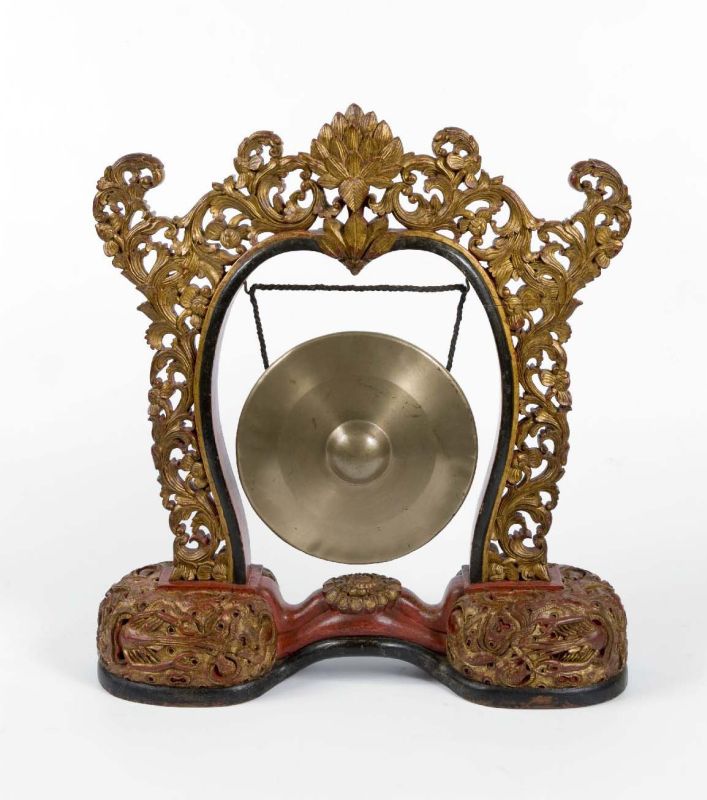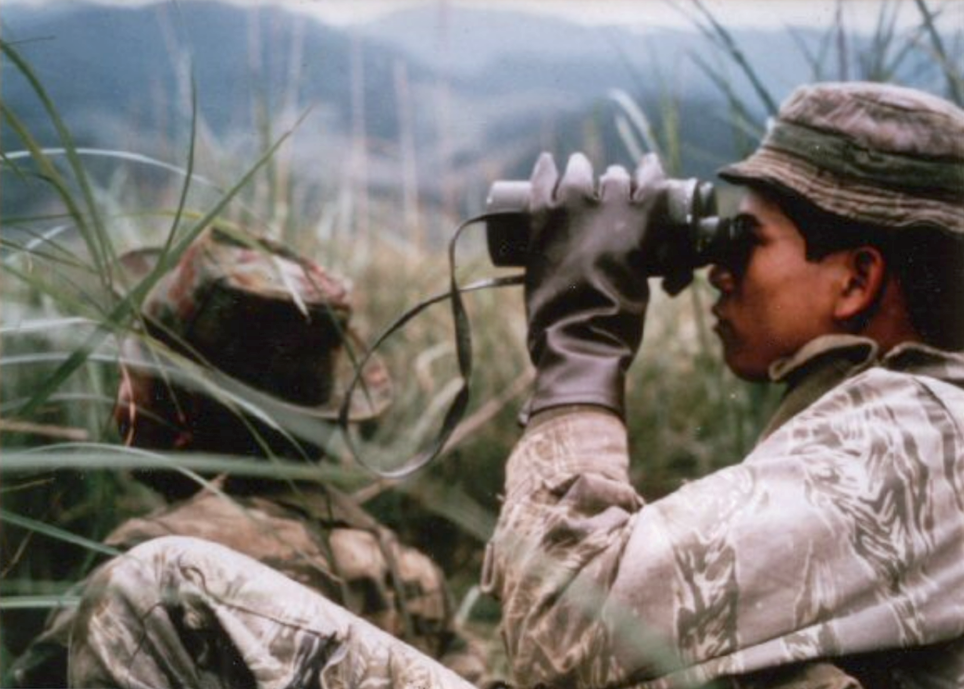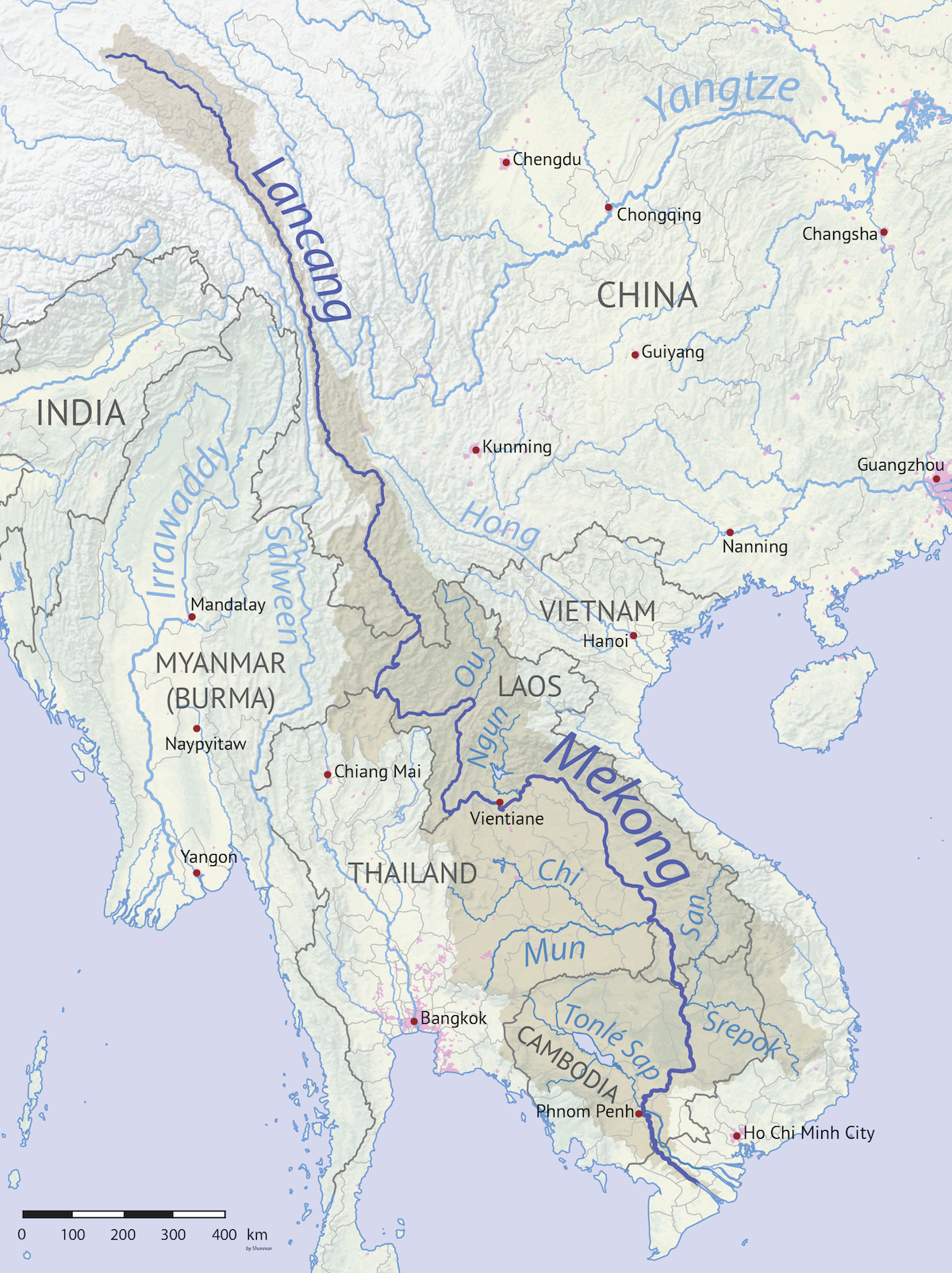|
Bahnar People
The Bahnar or Ba-Na ( are an ethnic group of Vietnam and the indigenous people of the Central Highlands (Vietnam), Central Highland provinces of Gia Lai Province, Gia Lai and Kon Tum Province, Kon Tum, as well as the coastal provinces of Bình Định Province, Bình Định and Phú Yên Province, Phú Yên. They speak the Bahnar language, a language in the Bahnaric language group that belongs to the Mon-Khmer, Mon-Khmer (Austroasiatic) language family. Etymology The word ''bahnar'' is similar to () in the Khmer language, which means ''mountain''. The Bahnar have many names, such as Bonom, Jolong, Rongao, Tolo, Kriem, Roh, Konkodeh, Golar, and others. Sub-ethnicities Bahnar has several sub-ethnicities, including the following. *Bahnar Jơlơng *Bahnar Rơngao *Bahnar Gơlar *Bahnar KonKde *Bahnar Kriem *Bahnar Tơlô *Bahnar Bơnâm *Bahnar Roh Ethnic linkages The Haroi people, who are currently considered a sub-ethnic of the Chams, Cham people, were historically said to be the ... [...More Info...] [...Related Items...] OR: [Wikipedia] [Google] [Baidu] |
Bahnar Language
The Bahnar language or Ba-Na language () is a Central Bahnaric language. It has nine vowel qualities and phonemic vowel length. Subdivisions Đào (1998) lists the following subgroups of Bahnar and their respective locations. *Bahnar Kon Tum: Kon Tum area *Bahnar Jơlong: northeastern Kon Tum Province *Bahnar Golar: northern Pleiku (Gia Lai Province) *Bahnar Tosung: Mang Yang District (Gia Lai Province) *Bahnar Konkođe: An Khê District (Gia Lai Province) *Bahnar Alatang: An Khê District (Gia Lai Province) *Bahnar Alakông: K'Bang District (Gia Lai Province) *Bahnar Tolo: Kông Chro District and southern An Khê District (Gia Lai Province) *Bahnar Bơnâm: eastern An Khê District (Gia Lai Province) *Bahnar Roh: scattered areas in An Khê District and K'Bang District (Gia Lai Province) *Bahnar Krem: Vĩnh Thạnh District and An Lão District (Bình Định Province) *Bahnar Chăm: Vân Canh District (Bình Định Province) *Bahnar But: forest areas; little ... [...More Info...] [...Related Items...] OR: [Wikipedia] [Google] [Baidu] |
Mon-Khmer
The Austroasiatic languages ( ) are a large language family spoken throughout Mainland Southeast Asia, South Asia and East Asia. These languages are natively spoken by the majority of the population in Vietnam and Cambodia, and by minority populations scattered throughout parts of Thailand, Laos, India, Myanmar, Malaysia, Bangladesh, Nepal, and southern China. Approximately 117 million people speak an Austroasiatic language, of which more than two-thirds are Vietnamese speakers. Of the Austroasiatic languages, only Vietnamese, Khmer, and Mon have lengthy, established presences in the historical record. Only two are presently considered to be the national languages of sovereign states: Vietnamese in Vietnam, and Khmer in Cambodia. The Mon language is a recognized indigenous language in Myanmar and Thailand, while the Wa language is a "recognized national language" in the de facto autonomous Wa State within Myanmar. Santali is one of the 22 scheduled languages of India. ... [...More Info...] [...Related Items...] OR: [Wikipedia] [Google] [Baidu] |
Gong
A gongFrom Indonesian language, Indonesian and ; ; zh, c=鑼, p=luó; ; ; ; ; is a percussion instrument originating from Southeast Asia, and used widely in Southeast Asian and East Asian musical traditions. Gongs are made of metal and are circular and flat or bowl-like in shape, and can come in various sizes. They are typically struck with a mallet. They can be played alone, giving a characteristic "crashing" sound, or played as part of a tuned set that produce bell-like sounds. The earliest possible depictions of gongs is from the details on the surface of the Ngọc Lũ I Dong son drum, bronze drum () from the Dong Son culture of northern Vietnam. It depicts what looks like seven-gong ensembles along with other instruments (including cymbals/bells and the bronze drums themselves). The oldest undisputed historical mention of gongs can be found in sixth century AD Chinese records, which mentioned it as a foreign instrument that came from a country between Tibet and Bur ... [...More Info...] [...Related Items...] OR: [Wikipedia] [Google] [Baidu] |
SIL International
SIL Global (formerly known as the Summer Institute of Linguistics International) is an evangelical Christian nonprofit organization whose main purpose is to study, develop and document languages, especially those that are lesser-known, to expand linguistic knowledge, promote literacy, translate the Christian Bible into local languages, and aid minority language development. Based on its language documentation work, SIL publishes a database, '' Ethnologue'', of its research into the world's languages, and develops and publishes software programs for language documentation, such as FieldWorks Language Explorer (FLEx) and Lexique Pro. Its main offices in the United States are located at the International Linguistics Center in Dallas, Texas. History Early History William Cameron Townsend, a Presbyterian minister, founded the organization in 1934, after undertaking a Christian mission with the Disciples of Christ among the Kaqchikel Maya people in Guatemala in the earl ... [...More Info...] [...Related Items...] OR: [Wikipedia] [Google] [Baidu] |
Montagnard (Vietnam)
Montagnards () is an umbrella term for the various indigenous peoples of the Central Highlands of Vietnam. The French term () signifies a mountain dweller, and is a carryover from the French colonial period in Vietnam. In Vietnamese, they are known by the term người Thượng (), although this term can also be applied to other minority ethnic groups in Vietnam. In modern Vietnam, both terms are archaic, and indigenous ethnic groups are referred to as ''đồng bào Tây Nguyên'' () or ''dân tộc thiểu số'' Tây Nguyên (). Earlier they were referred to pejoratively as mọi. Sometimes the term Degar (Đềga) is used for the group as well. Most of those living in the United States refer to themselves as Montagnards, while those living in Vietnam refer to themselves by their individual ethnic group. The Montagnards are most covered in English-language scholarship for their participation in the Vietnam War, where they were heavily recruited by the Army of the Repub ... [...More Info...] [...Related Items...] OR: [Wikipedia] [Google] [Baidu] |
Christian
A Christian () is a person who follows or adheres to Christianity, a Monotheism, monotheistic Abrahamic religion based on the life and teachings of Jesus in Christianity, Jesus Christ. Christians form the largest religious community in the world. The words ''Christ (title), Christ'' and ''Christian'' derive from the Koine Greek title (), a translation of the Biblical Hebrew term ''mashiach'' () (usually rendered as ''messiah'' in English). While there are diverse interpretations of Christianity which sometimes conflict, they are united in believing that Jesus has a unique significance. The term ''Christian'' used as an adjective is descriptive of anything associated with Christianity or Christian churches, or in a proverbial sense "all that is noble, and good, and Christ-like." According to a 2011 Pew Research Center survey, there were 2.3 billion Christians around the world, up from about 600 million in 1910. Today, about 37% of all Christians live in the Americas, about 26% ... [...More Info...] [...Related Items...] OR: [Wikipedia] [Google] [Baidu] |
Polytheism
Polytheism is the belief in or worship of more than one god. According to Oxford Reference, it is not easy to count gods, and so not always obvious whether an apparently polytheistic religion, such as Chinese folk religions, is really so, or whether the apparent different objects of worship are to be thought of as manifestations of a singular divinity. Polytheistic belief is usually assembled into a pantheon of gods and goddesses, along with their own religious sects and rituals. Polytheism is a type of theism. Within theism, it contrasts with monotheism, the belief in a singular god who is, in most cases, transcendent. In religions that accept polytheism, the different gods and goddesses may be representations of forces of nature or ancestral principles; they can be viewed either as autonomous or as aspects or emanations of a creator deity or transcendental absolute principle ( monistic theologies), which manifests immanently in nature (panentheistic and pantheistic theo ... [...More Info...] [...Related Items...] OR: [Wikipedia] [Google] [Baidu] |
Animism
Animism (from meaning 'breath, spirit, life') is the belief that objects, places, and creatures all possess a distinct spiritual essence. Animism perceives all things—animals, plants, rocks, rivers, weather systems, human handiwork, and in some cases words—as being animated, having agency and free will. Animism is used in anthropology of religion as a term for the belief system of many Indigenous peoples in contrast to the relatively more recent development of organized religions. Animism is a metaphysical belief which focuses on the supernatural universe: specifically, on the concept of the immaterial soul. Although each culture has its own mythologies and rituals, animism is said to describe the most common, foundational thread of indigenous peoples' "spiritual" or "supernatural" perspectives. The animistic perspective is so widely held and inherent to most indigenous peoples that they often do not even have a word in their languages that corresponds to "animism" (o ... [...More Info...] [...Related Items...] OR: [Wikipedia] [Google] [Baidu] |
British Columbia
British Columbia is the westernmost Provinces and territories of Canada, province of Canada. Situated in the Pacific Northwest between the Pacific Ocean and the Rocky Mountains, the province has a diverse geography, with rugged landscapes that include rocky coastlines, sandy beaches, forests, lakes, mountains, inland deserts and grassy plains. British Columbia borders the province of Alberta to the east; the territories of Yukon and Northwest Territories to the north; the U.S. states of Washington (state), Washington, Idaho and Montana to the south, and Alaska to the northwest. With an estimated population of over 5.7million as of 2025, it is Canada's Population of Canada by province and territory, third-most populous province. The capital of British Columbia is Victoria, British Columbia, Victoria, while the province's largest city is Vancouver. Vancouver and its suburbs together make up List of census metropolitan areas and agglomerations in Canada, the third-largest metropolit ... [...More Info...] [...Related Items...] OR: [Wikipedia] [Google] [Baidu] |
Austroasiatic Languages
The Austroasiatic languages ( ) are a large language family spoken throughout Mainland Southeast Asia, South Asia and East Asia. These languages are natively spoken by the majority of the population in Vietnam and Cambodia, and by minority populations scattered throughout parts of Thailand, Laos, India, Myanmar, Malaysia, Bangladesh, Nepal, and southern China. Approximately 117 million people speak an Austroasiatic language, of which more than two-thirds are Vietnamese language, Vietnamese speakers. Of the Austroasiatic languages, only Vietnamese language, Vietnamese, Khmer language, Khmer, and Mon language, Mon have lengthy, established presences in the historical record. Only two are presently considered to be the national languages of sovereign states: Vietnamese in Vietnam, and Khmer in Cambodia. The Mon language is a recognized indigenous language in Myanmar and Thailand, while the Wa language is a "recognized national language" in the de facto autonomous Wa State within M ... [...More Info...] [...Related Items...] OR: [Wikipedia] [Google] [Baidu] |
Cham Language
Cham (Cham: , Cham Jawi, Jawi: چم, Latin script: Cam) is a Malayo-Polynesian languages, Malayo-Polynesian language of the Austronesian languages, Austronesian family, spoken by the Cham people, Chams of Southeast Asia. It is spoken primarily in the territory of the former Kingdom of Champa, which spanned modern Southern Vietnam, as well as in Cambodia by a significant population which descends from refugees that fled during the decline and fall of Champa. The Western variety is spoken by 220,000 people in Cambodia and 25,000 people in Vietnam. As for the Eastern variety, there are about 73,000 speakers in Vietnam, for a total of approximately 491,448 speakers. Cham belongs to the Chamic languages, which are spoken in parts of mainland Southeast Asia, Indonesia's Aceh, Aceh Province, and on the island of Hainan. Cham is the oldest-attested Austronesian language, with the Đông Yên Châu inscription being verifiably dated to the late 4th century AD. It has several dialects, wit ... [...More Info...] [...Related Items...] OR: [Wikipedia] [Google] [Baidu] |





